Tour virtuale: “Il silenzio di Roma”
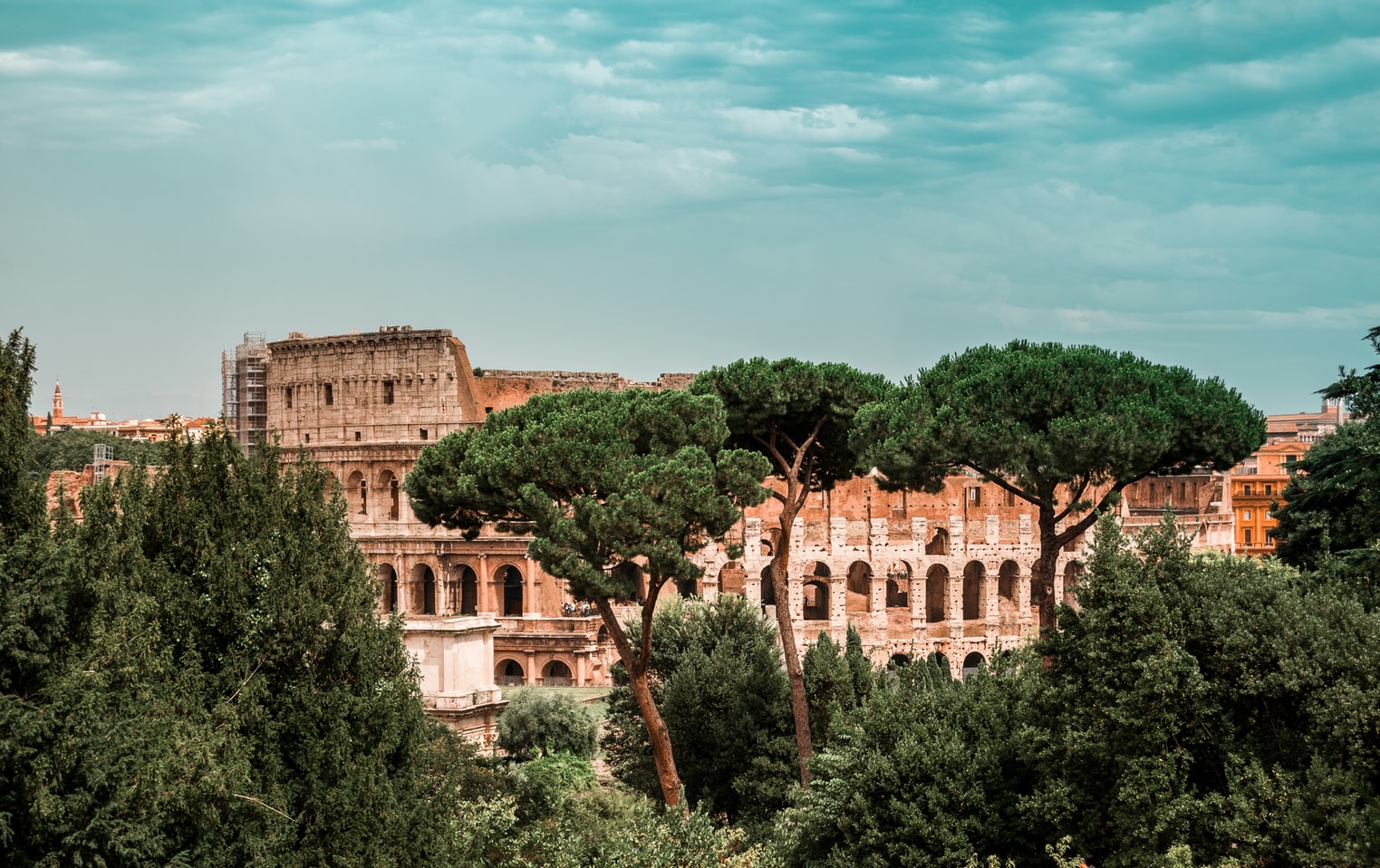
Manhattan is known to the world as the city that never sleeps, but it’s not the only city that is notorious for its seemingly nonstop lively atmosphere. There is perhaps no city more iconic than Rome, and it’s been that way for thousands of years for a reason. It is the cradle of Western society, so such a beautiful city shrouded in silence during the 2020 April lockdown was horribly eerie.
Even the statues, in their towering stone glory, looked sad.
And when you consider the reality of COVID-19 in Italy while embarking on this silent virtual tour, it’s hard to feel the city’s usual majesty. The silence, and the stillness, was a mark of death and fear in the Eternal City. As one of the first European countries hit by the virus before there were vaccines and widespread mandates that handled the spread, Italy was devastated.
With hospitals overrun, families with victims of the virus were forced to house their decaying corpses in the tight quarters of their apartments while waiting for transport, sometimes for days at a time. Under then-Prime Minister Giuseppe Conte, the country was categorized into color-coded zones: rosso, aracione, and gialla (red, orange, and yellow). Red was the high-risk zone, and at one point in 2020, nearly the entire peninsula was a bright, glaring red. If you had to venture into the piazza for groceries or supplies, you had to fill out a form to present if stopped by polizia.
This scene was that of a dystopia, not the Eternal City.
During an interview with NBC News at the height of the pandemic, Conte told viewers that “We are suffering very much.” Later, it would be under his strict restrictions managed to get the country’s numbers under control.
Today, although the Green Pass has sparked widespread protests in Italy and abroad, current Prime Minister Mario Draghi has deemed vaccine mandates crucial for stopping the spread of the virus and eventually seeing the population reach herd immunity.
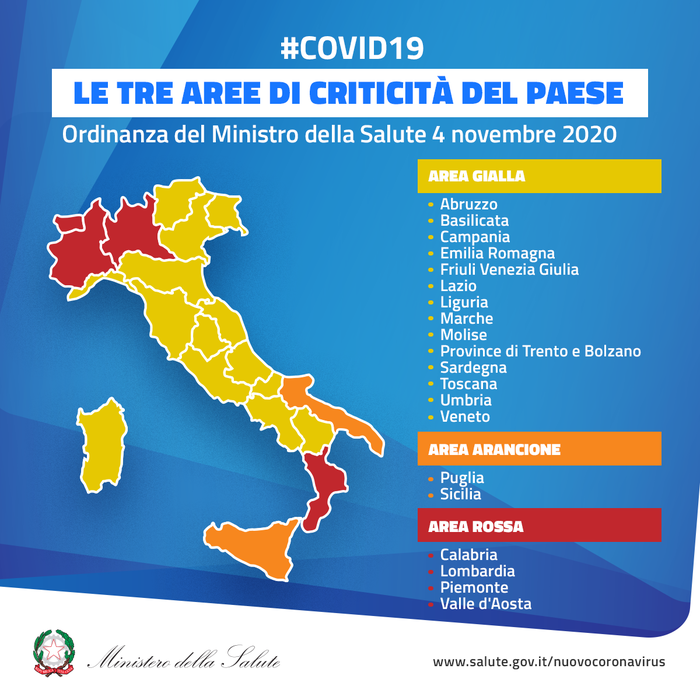
Which marks a much better state of mind than what reigned in the bleak, empty streets of the Italian capital in the virtual tour.
When you think of the Piazza Navona or the Spanish Steps, the iconic images are always riddled with tourists. Sometimes, there are too many tourists, but at least that means there are people. Where there are people, there’s business. Money spent and made. Throngs of khaki-wearing Americans snapping photos of the Trevi Fountain or the Pantheon is a good thing, which even Italians can attest to. Their absence wounded the city’s economy, much of which relies on tourism (until the pandemic decimated its tourism numbers).
These monuments and their surrounding streets usually bustle with the hum of scooters and the blare of car horns. Without the noise, the people, and the activity that makes this city so great, it seemed like nothing but hollow stone and marble. Occasionally there was an ambulance racing down a road, but that’s not the kind of noise you want. It only underscores the suffering that Italy experienced in April 2020, and although the virtual tour is worth viewing, it’s not worth repeating.
Rome in the video is not the city that the rest of the world knows and loves.
However, that does not mean that it can’t be used for global collaboration in an educational setting. If one wants to teach students the reality of what happened to the world in 2020 through hands-on projects and other tools, this tour certainly provides a raw view. If the home of the Colosseum and the Roman Forum went silent, students of the future will realize just what a dark period of history this was.
Particularly when we are back to some semblance of normalcy, and COVID-19 is nothing but a memory that makes you say, “Jeez, do you remember that?”
Hopefully, we will reach that point soon.
So here’s to ending 2021 and starting 2022 with a bang. Hopefully, Rome (and the rest of the world) will be back better than ever before. It’s a cheesy cliche to say, but what doesn’t kill you makes you stronger, and that’s never been more true for the people of Italy in the last few years.
Out of Eden Walk Discoveries
![[Image description: A temple in Myanmar.] Via Unsplash](https://blogs.stockton.edu/webtools/files/2021/11/mg-cthu-1h_NN3nqzI-unsplash.jpg)
Today’s news and politics is riddled with stories about China, conspiracies, rumors, and scandals that the media argues about until they’re blue. So when Crossroad of Memory, a walk that was halted due to the pandemic, was featured on the Out of Eden Walk, my attention was immediately snagged. Photographer Paul Salopek had to halt his multi-year, 24,000-mile walk because of the pandemic. After spending quarantine overlooking the skyscrapers of Shanghai, Salopek “restarted” his journey in Yusan, a subtropical town nestled near the Myanmar border. Yusan is full of modern buildings with red-tiled roofs and, like most towns in Chinese provinces, is rich with history as old as the Ming Dynasty. Salopek even says that it’s likely that Marco Polo walked through this town. Ancient history is something that Salopek trails in his worldwide walk, and he is sure to keep nomads, hunter-gatherers, and cavemen in the back of his mind as he tracks the roads, villages, and landscapes that humans from thousands of years ago once trekked. Like most Asian countries, the legacy of their ancient past remains today, even in modern cities like Shanghai or Seoul. These legacies are something that Salopek captures in his photography, like when he met Kong Zhong, who showed him a genealogy tree as long as a Persian rug that traces his heritage back to Confucius himself. Being linked to the ancient world is an understatement, and it’s a point of pride and culture for the people of China.

Another leg of Salopek’s journey was aboard the cargo ship MV Alios, which was sailing through the Mediterranean Sea between Cyprus and Israel. This was Milestone 20, from Chapter 3’s Autumn Wars, which marked his trek from Asia and the Middle East to Cyprus. Perhaps no part of his journey felt more isolating, as aboard the ship he did not encounter another human (other than the crew), especially while hunkered down in his tiny cabin room. Upon arrival in Cyprus, Salopek traversed through Treasure Island. As Cyprus is one of the oldest inhabited islands in the world, it is hard to ignore the connection between this new destination and the ones throughout Asia; the legacy of a past living, an old way of life, still remains. On Treasure Island, where the scorching Mediteranean heat is unbearable, people walk around topless, wearing nothing but shorts or bathing suit bottoms. For Salopek, this only reminded him of our primitiveness, and how in a way humans are not made to be surrounded by machinery in a capitalist society. Salopek perfectly captures this feeling with:
“We are Stone Age people trapped inside Toyota pickup trucks.”
-Paul Salopek, National Geographic
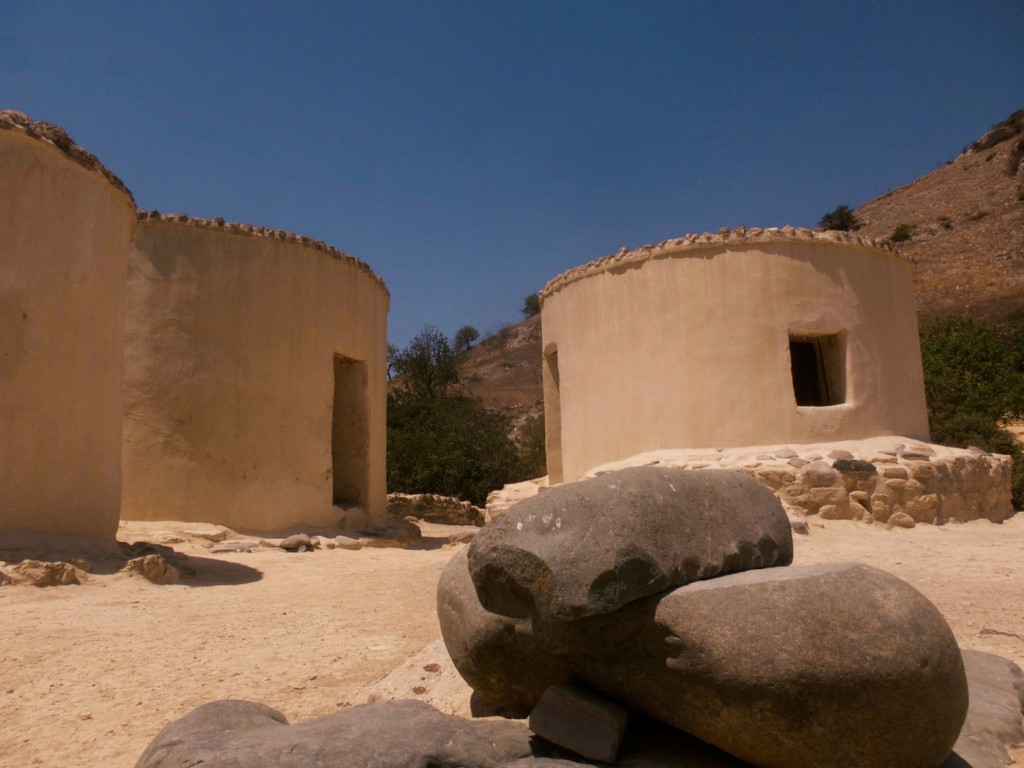
The heat is something that humans have been enduring for thousands of years, which seems to be common knowledge especially with the fact that 12,000 years ago, Cyprus was populated by hunter-gatherers who used the land and its extreme elements to their advantage for survival. This is perhaps symbolized by the gnarled, 700-year old olive tree that Salopek is taken to. The tree has provided sustenance for people for centuries, and although weathered and grooved with age, it still remains. Much like the legacy of Cyprus’ past itself.
Also from Autumn Wars is Tarsus, Turkey, the hometown of St. Paul, who brought pilgrims from Italy to worship and whose legacy resides in a renovated church where the pilgrims themselves once prayed. Obviously, this links the people to their past, but there is also modernity in this old land: there is a cafe called St Paul’s Cafe, an establishment that directly links modern society with its history. This part of Salopek’s journey is aptly named Apostle, which represents the area’s religious foundations.
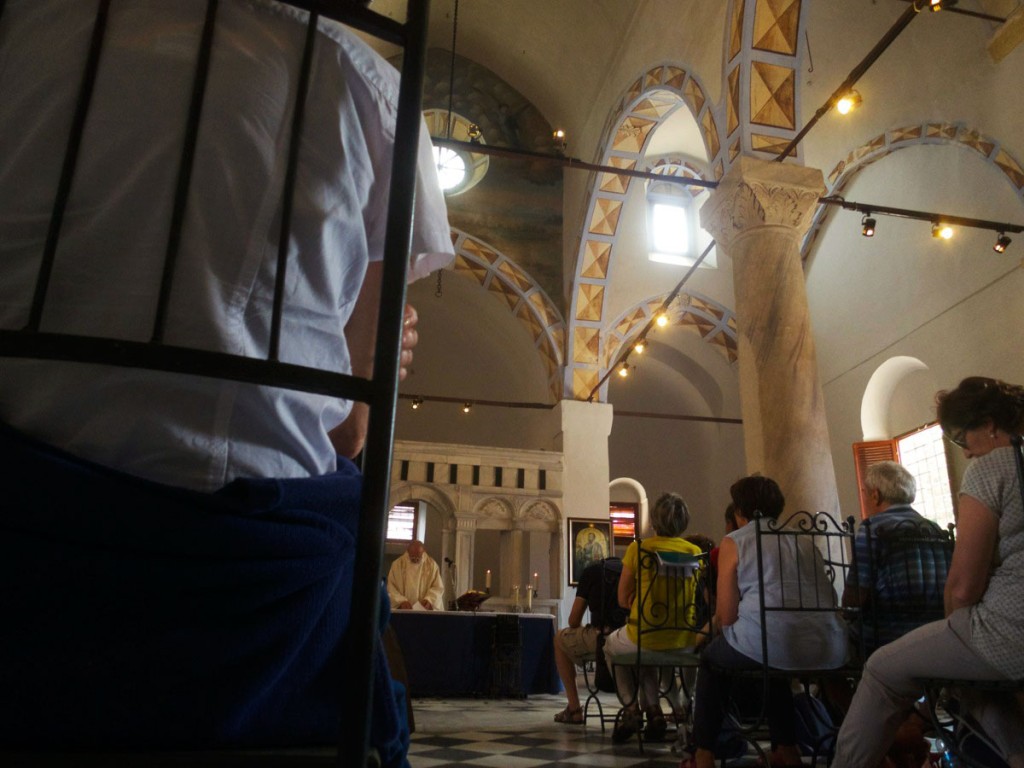
Tarsus’ history goes father then St. Paul, however. Notably, it is home to where Cleopatra first met Marc Antony. The town’s connection to Rome and one of its most notorious couples is in the ruins of a temple that once boasted columns six stories high. With the Roman Empire being the Roman Empire, something tells me that this temple wouldn’t be anything less than what its enormous structure once was. Although all that remains is its rubble, and the people no longer care about the history according to Erkul (a guide who showed Salopek around), the legacy remains no matter who is interested in it or not. The very ruggedness of these ancient locations, craggy with age, sun, and dust, reminds you of the past no matter where you look. The way Salopek connects to today’s people in these locations, and listens to their truths about their histories and cultures, is an effective way of linking today with the past, and underscoring the importance of remembering where we came from no matter what economical, political, or cultural changes may be roiling in the modern age.
Mental health in the classroom
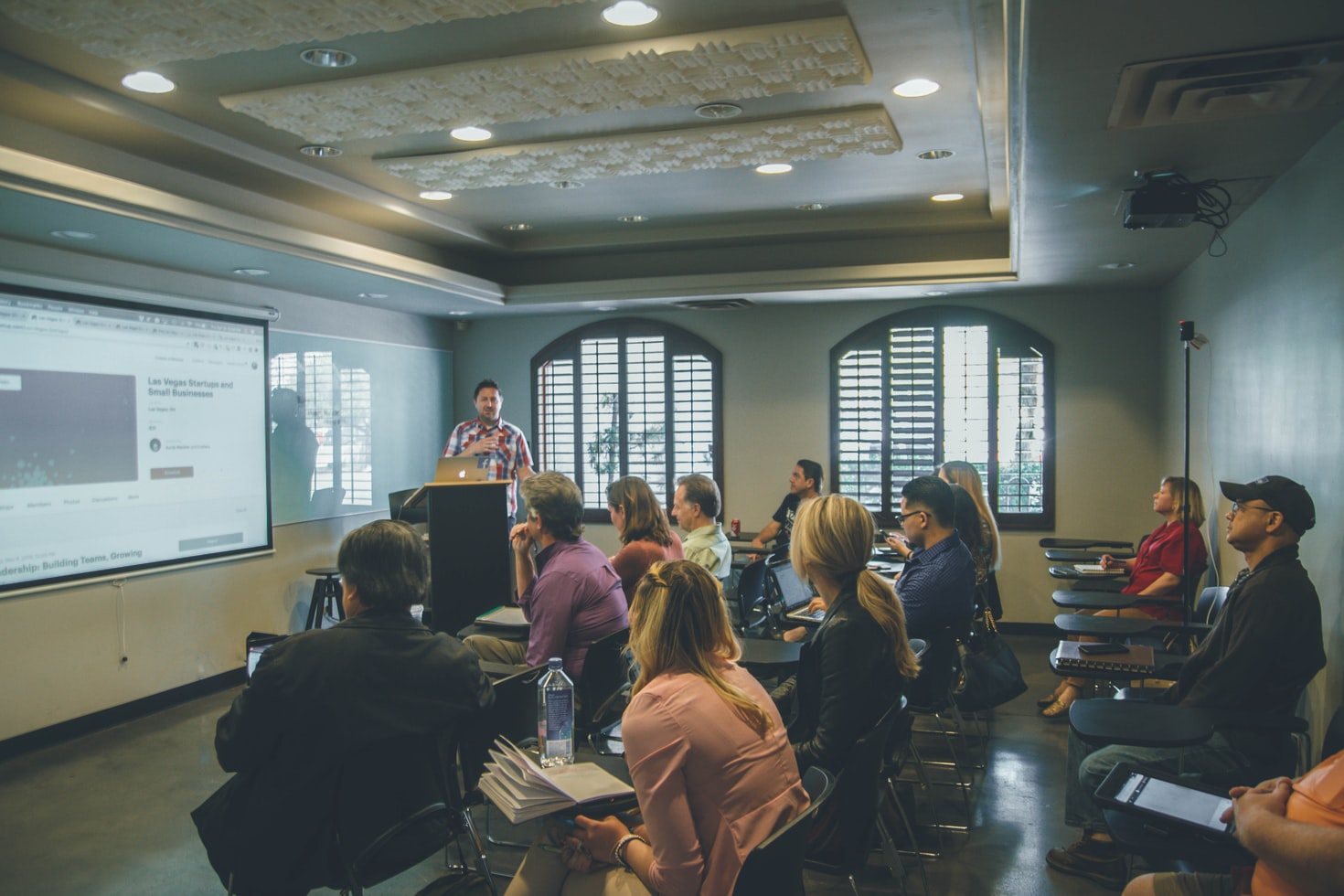
The WE Teachers Social and Emotional Learning Module provide activities and lessons for ways teachers can incorporate emotional wellbeing in the classroom. This is important because it creates an environment of mutual respect for a student not just as a learner but as a person experiencing life beyond the classroom.
This makes for a better learning environment overall and even contributes to the social aspect students experience in school that involves making friends and feeling like they belong. When there is less anxiety surrounding their social life, they have more room to learn better.
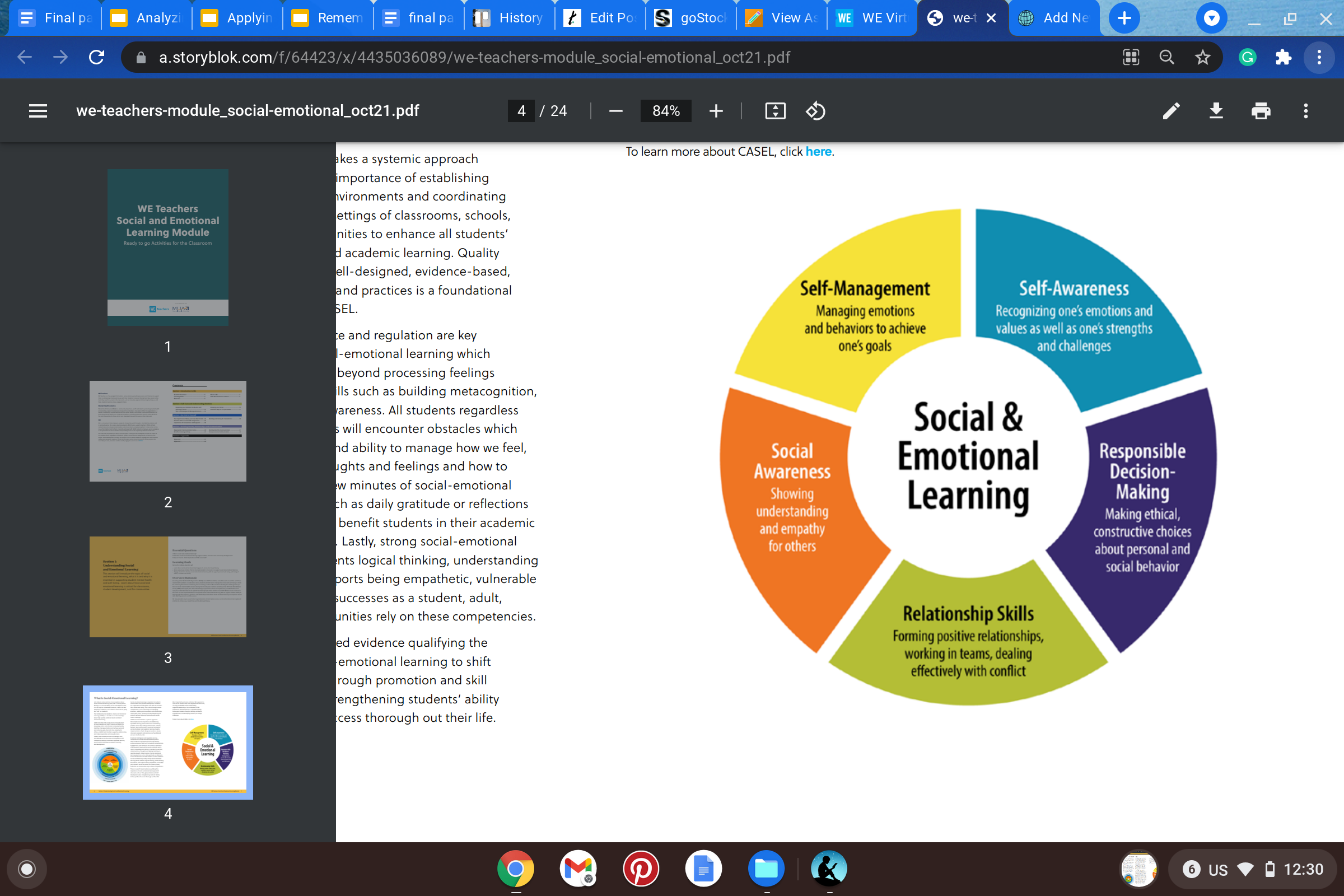
The module also made a point of explaining how this is not a teaching method that goes “soft” on students or is only for handling “misbehaved” students. This is about treating students with compassion and helping teachers understand how to care about every student’s individual wellbeing as a whole.
This is extremely important for developing minds, because many students can live in dysfunctional households, or have experienced trauma that can be triggered at school. It’s important for teachers to know how to avoid keywords or situations that can trigger a student, as well as how to navigate mental health issues in the classroom like anxiety or panic attacks.
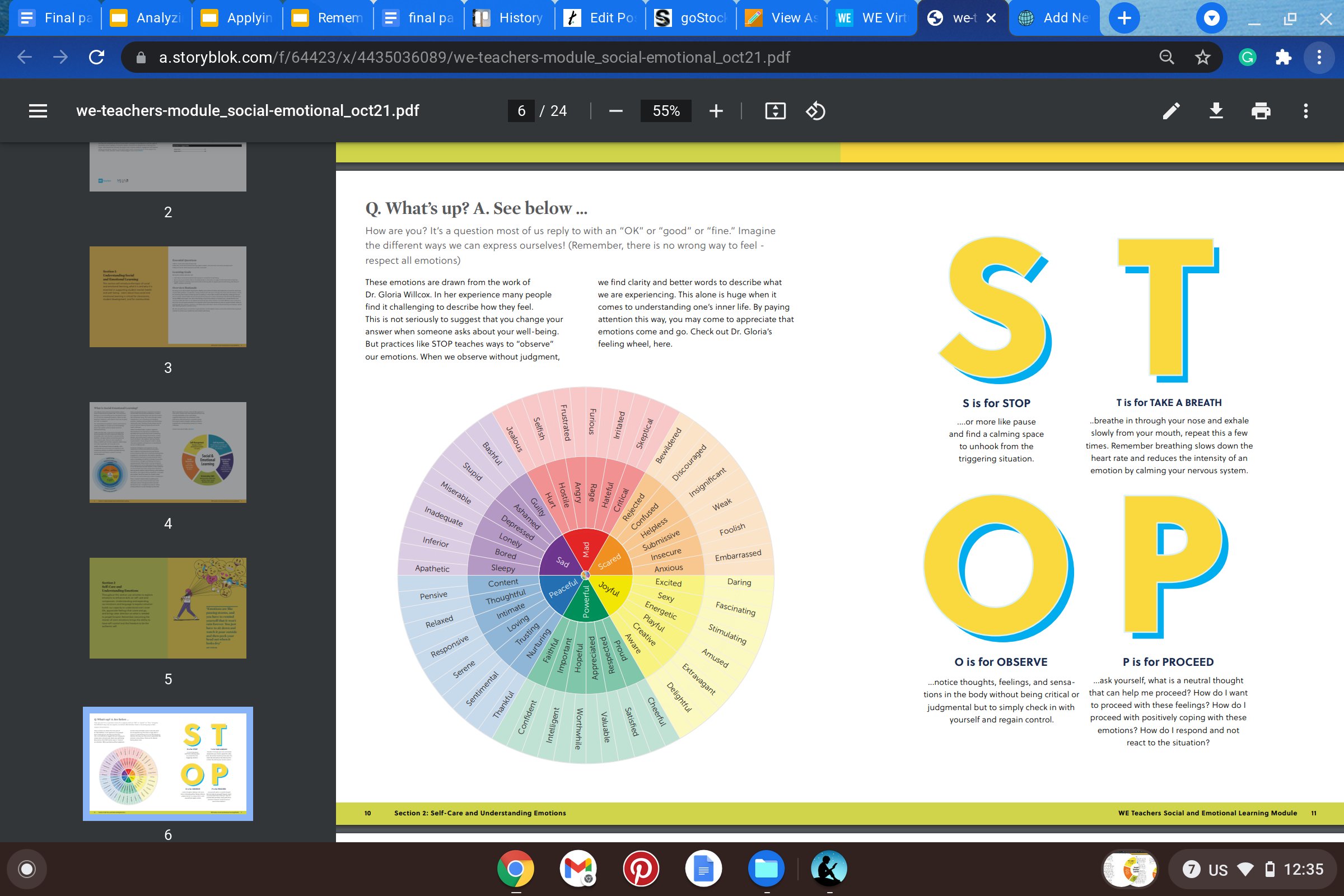
The module also discusses regular emotions that can inhibit a student from learning at their best potential, even if it seems like something simple such as nervousness, shyness, embarrassment, etc. You can never know how much social anxiety, shyness, or embarrassment can inhibit a student from learning at their highest potential or having the right amount of confidence to be outgoing and eager to learn.
This is why this module is so useful in the classroom.
This module can also help forge better relationships between teachers and students, and even students and fellow peers, which is something that WE Teachers consider often when using technology and other resources, as seen in the below tweet.
WE Schools has a lot of other modules that focus on themes of emotional wellbeing. Themes like Diversity and Inclusion, Anti-Racism, and Equity & Human Rights all tie into being aware of the importance of social and emotional health in the classroom.
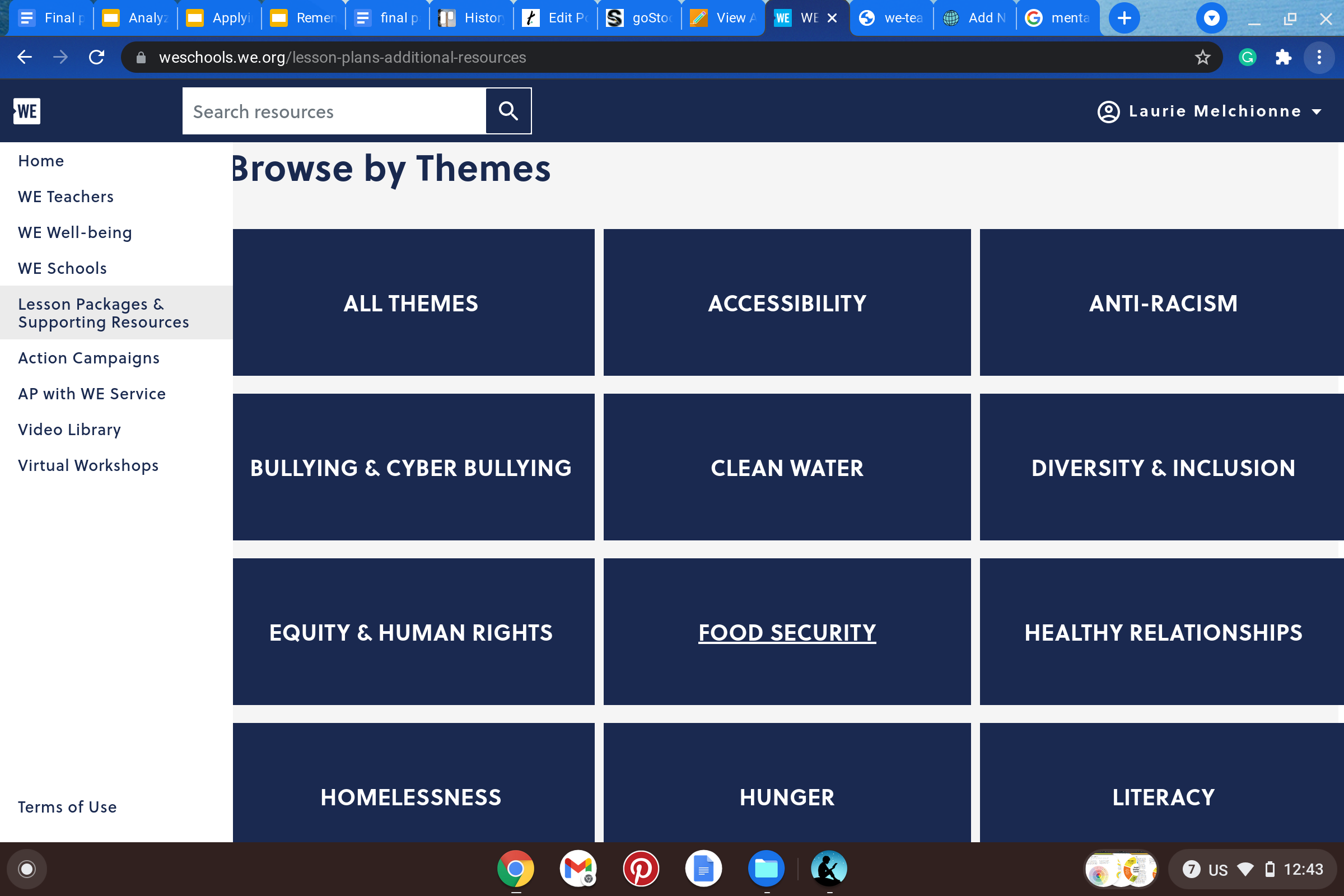
For example, the Anti-Racism module dives deep into racist ideas, responses, where they can stem from, and how to handle inequity in school. It defines different ways racism can occur through definitions of microaggressions, implicit bias, intersectionality, etc. It even covers sexuality discrimination, creating a module that ensures no marginalized group goes unnoticed, and that it can be addressed and handled effectively in real life by educators.
In addition to the modules, WE Schools provides an entire page for action campaigns that can provide students and teachers with resources to address problems in the real world and make their voices heard.
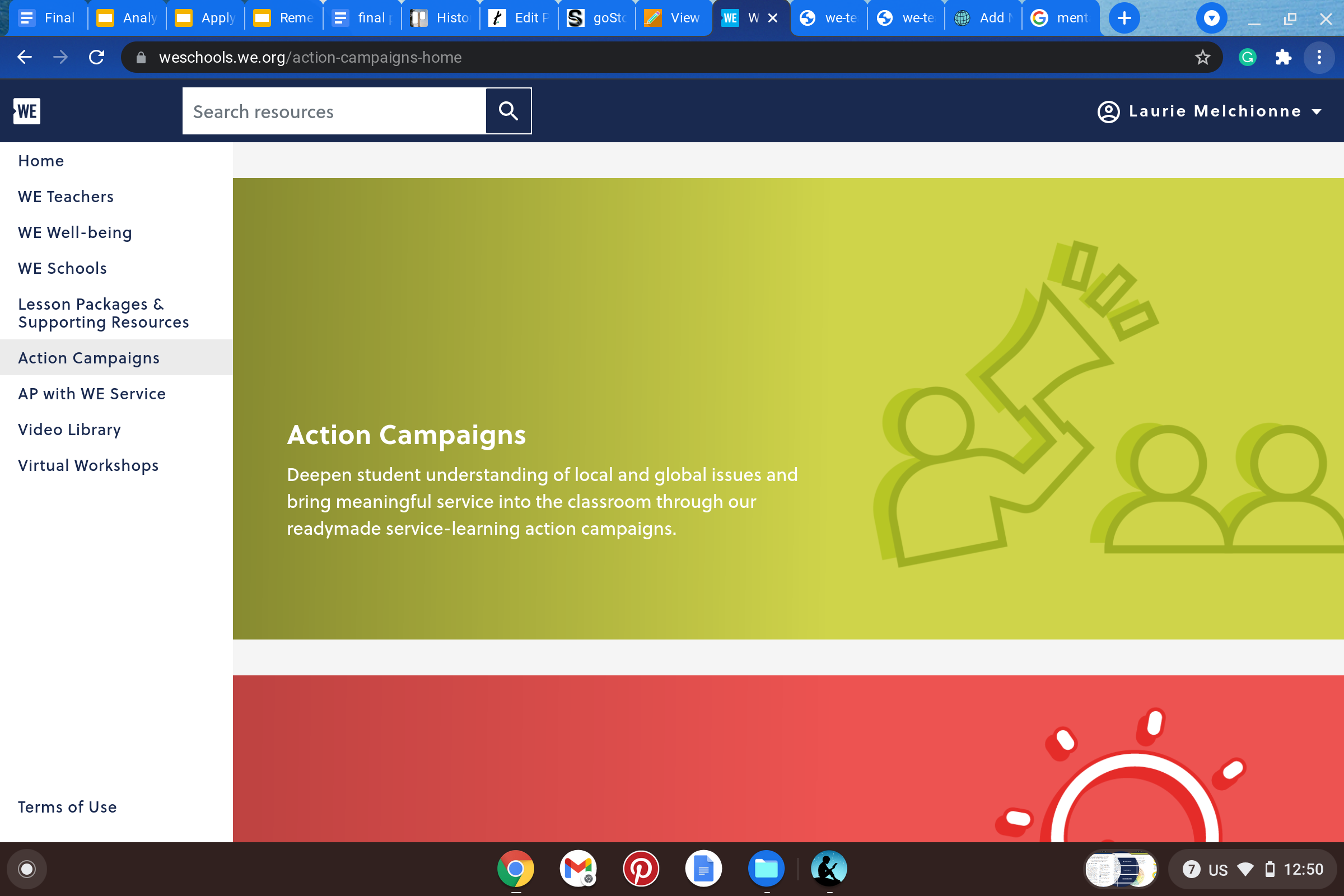
Overall, the website and the modules themselves provide resources that are extremely thorough for students and educators. If there is a topic or a problem in the classroom or even the real-world as it affects educators, this website covers it.
Hyperdocs help promote the joys of learning and long-term success
![[Image description: a young boy learning at a laptop.] Via Unsplash. [Image description: a young boy learning at a laptop.] Via Unsplash.](https://blogs.stockton.edu/webtools/files/2021/11/photo-1597933471507-1ca5765185d8.jpeg)
One of the major aspects of incorporating technology into learning is the freedom of exploration it allows students. When students are given the initiative to do their own exploring on a certain topic, it provides them a sense of ownership and therefore they have a vested interest in learning more.
This is where Hyperdocs can be incorporated into a “Creative Writing Challenge”, which is a Hyperdoc that provides students with resources to explore creative writing. I found this Hyperdoc on the Teachers Give Teachers Twitter page, and clicked on the first title that caught my eye, which was the Sample Creative Writing Challenge Hyperdoc.
Not only does this Hyperdoc give students room to reflect on their own opinions of writing, but it introduces them to Storybird, an online storyboard platform that students can use to make their own interactive, visually compelling stories. The Hyperdoc also provides an article called “13 Stunning Places to Publish Student Art and Writing“. This feature was especially exciting for me because I was never provided with an opportunity to publish my creative writing before college.
Getting published at a young age, no matter the platform or the material being published boosts someone’s confidence in sharing their work. As a writer or an artist, sharing your work is so important. In fact, it’s crucial to kickstart any career in the arts. Also, getting published at a young age is vital to establishing a sturdy portfolio.
It also provides students a place to start and gives them time to be creative and add to their portfolios. This is so important, because when I got to college and had the chance to be exposed to freelance work as well as internship opportunities, the job application always wants a writing portfolio, and I always wish that I had the chance to work on that long before college.
This is why Hyperdocs is important because it directly connects students to the world. It is also the height of interactive learning, especially since it provides students with different platforms for submitting and participating in online discussions and projects. It gives them more than a traditional written assignment to hand in, or a response typed on a Word Doc to be submitted to Google Classroom or even their teacher’s email.
So far in my Hyperdoc research, I have stumbled across Google Forms, Padlet, Jotform, Submittable, and so much more. The more students are exposed to in this fast-paced, technological world, the better; they will be so ahead of the game. Who knows what long-term effects that can have on their professional lives?
Roma: La città di magico eternità
![[Image description: Rome's Trevi Fountain.] Via Unsplash.](https://blogs.stockton.edu/webtools/files/2021/11/photo-1525874684015-58379d421a52.jpeg)
Is there a city in the world more iconic than Rome, Italy? Society was practically built on Rome, which housed an empire that influenced the Western World for centuries to come. For my virtual tour, choosing Italy was a no-brainer, but I didn’t feel like a tourist for immediately leaning toward this iconic tourist city.
I am not going to focus on the Colosseum, because that’s just too touristy. So I started on Capitoline Hill, which was one of Rome’s original 7 hills. It was here that Rome’s first mint was created in The Temple of Juno Moneta (today’s Church of Santa Maria in Aracoeli). The hill became the seat of the city’s government in the year 1,000, which was also where the Senate Building and the Tabularium (Rome’s archives) stood.
Another iconic image in the Eternal City is the Spanish Steps, located in Piazza di Spagna. Thanks to its Baroque architecture that hosts the famous Barcaccia Fountain, tourists throng here every year (except for during COVID in 2020, of course).
The steps go to the Trinita Church, another Baroque marvel commissioned by Pope Innocent XII who had Francesco De Sanctis build it in the 18th century.

Perhaps nothing is more formidable than the Castel Sant’Angelo, the towering papel fortress that towers in the elegant neighborhood of Prati. This mighty structure is the guardian of the Tiber River, towering over its flowing waters for thousands of years. In 123 AD, Emperor Hadrian built the fortress as a tomb for himself and his family, and throughout the ages, it was used as an imperial mausoleum for Roman emperors until the Middle Ages when it became a fortress to protect the city. Despite this iconic stone structure’s many uses, it’s fair to say that no matter what time period it was, it symbolizes Rome’s imperial power and solidifies the city’s place as an iconic world heritage site.
The best part about taking a virtual field trip in such an iconic city is being able to learn about the history behind such imposing monuments. The Capitoline Hill was where such important politics occured throughout the empire’s history, and Castel Sant’Angelo’s 2,000+ existence over the Tiber River is a perfect symbol of the city’s significance.
Rome’s history spans centuries, but what makes it unique is its fascinating combination of ancient paganism and Old World Catholicism everywhere you look. The very cobblestones lining the piazze breathe history, whether it be ancient or from the modern era. It isn’t called the Eternal City for nothing.
The cultural and culinary experience of Netflix’s “The Cook of Castamar”
![[Image description: The Palacio del Infante don Luis, the filming location for the fictional Castmar estate on Netflix's "The Cook of Castamar".] Via Wikimedia Commons.](https://blogs.stockton.edu/webtools/files/2021/10/Palacio_del_Infante_don_Luis_Boadilla_del_Monte_01a.jpg)
The Cook of Castamar came to Netflix on July 24, 2021, but it had originally aired on Spain’s Atresmedia player early this year in February (as La Cocinera de Castamar). The show is set in 1720 Madrid and follows Clara Bellmonte, played by Spanish actress Michelle Jenner, after she starts working as a cook in the kitchen of Castamar, the estate of recently widowed Duke Diego Castamar. Clara has agoraphobia, making it impossible for her to go outside. The story centers around Clara and Diego’s love story, a relationship that is forbidden by the social expectations that prohibit aristocracy from marrying the help while still being accepted in polite society.
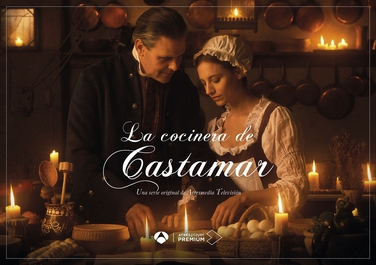
Diego’s estate is filled with toxic, manipulative people who want to use his wife’s recent death for their own gain. While Diego represents the highest crust of aristocracy, he is truly a kind, loving man who did not see how those around him were hurting him and his potential relationship with Clara (until the end, of course).
The culture of 18th-century European aristocracy is not exclusive to Spain, but it is still a society that is different from the one we live in now. However, Spain’s culture during this time was distinctive at this time, because it was immediately after Spain’s Golden Age. The food is what makes the cultural differences stand out, particularly with Spanish cuisine (the kind of food you wouldn’t see when watching another drama about European aristocracies, like The Tudors or Pride and Prejudice). We see Clara making chorizo with another maid, or serving sopapillas for breakfast.
Despite how foreign it seems for society to judge the relationship between a maid and her boss, social stigmas still exist in the 21st century that prevents many from giving in to their feelings (like Clara and Diego for the near entirety of the show). For example, there still seems to be a stigma surrounding couples with large age gaps, no matter the gender. As outdated as it sounds, there are even cases where interracial couples still face stigma. This is perhaps one of the main reasons why Clara and Diego’s story is so compelling; everyone loves a forbidden love story, especially because we all know what it’s like to yearn for something we can’t have.
Another major similarity the show has to my own culture is the value placed on the kitchen. The kitchen is the heart of the home, and this is something Diego recognizes even though it is where the servants mainly build their relationships (he constantly finds himself below in the kitchen to see Clara). When Clara first arrives at Castamar, the housekeeper, Mercedes Berenguer, is hostile toward her and narrows in on any rumor about Clara and Diego’s relationship. What drives her character is the social cue of needing to ensure that all of society knows that she runs a good household and keeps the servants in check (social stature is a major part of this world, economically and socially, while in the 21st-century people can rise up from how they were born). By the end, however, Mercedes and Clara grow to become friends (as she becomes friends with everyone in the kitchen), and all of this happens through the bonds that form over sharing a meal at a table. This is universal, no matter the time period, location, or culture.
The characters also do the same things for fun that we do today. That includes dancing and drinking, cooking for fun, and enjoying a meal together. The types of dances and food that they eat are the only things that are different from my own culture here in the States, but the characters’ values and actions are distinctly relatable because they are simply human.
The cultural differences, on the other hand, also come with the setting and filming locations are also distinctly Spanish. The exterior shots of Castamar were shot at the Palacio del Infante don Luis, a major national cultural site outside of Madrid. In the scenes that are filmed outdoors, especially during tense scenes with horses and sword fighting (without giving away too many spoilers), the landscape is ruggedly European. Jagged hills and rocks, dense forests of the north of Spain, and dry, open plains that are brown with winter (and look like they’d be sweltering in the summer) simply look different from the kinds of plains and forests you see in America.
Another main difference from the show’s society versus that of today’s is the use of public execution as corporal punishment. Clara’s father being executed through hanging is something that you would not see in modern society. In fact, the last public execution in America was in 1936, and in Spain, it was as recently as 1972. The point of this, however, is that they don’t happen in the 21st century.
A final thing that stands out as a cultural difference is politics. At the time, Felipe V ruled Spain and is also a character in the show. Felipe V was notoriously insane and takes away Diego’s dukedom for marrying Clara in the end. This involves the politics surrounding relationships that were not society-approved in 18th century Spain.
Today, politics do not play that big of a role in frowned-upon relationships. It’s mostly social consequences, and the lingering effects that have on a love affair are something that The Cook of Castamar gets right.
Microsoft Translator breaks language barriers and accessibility problems
![Learning setting. [Image description: A collaborative learning setting.] Photo courtesy of Unsplash.](https://blogs.stockton.edu/webtools/files/2021/10/photo-1592303637753-ce1e6b8a0ffb.jpeg)
As someone who is on their way to becoming fluent in a second language for the first time in their life, learning about the benefits of Microsoft Translator in this week’s chapter immediately stood out to me. And that is just for one person; the benefits of Translator reach schools, workplaces, and individual relationships alike (both abroad and on our screens).
For a school like Chinook Middle School in Clyde Hill, Washington, where students speak 32 different languages, Translator is a necessary tool. Principal Russel White, who liked to meet with parents four times a year, always had to use interpreters at language-designated tables. But that all changed when the tables grew in numbers and not every language was represented because of a lack of resources. Luckily, when he teamed up with the school’s IT department and started to use Microsoft Translator, he no longer had to rely on interpreters and constantly worry about not having all the resources to provide the right subtitles to every foreign tongue there.
The app’s website explains how it “provides free resources, tools, and how-to guides for live captioning and translation in the classroom.”
This takes global collaboration to a whole new level. Once the language barrier is broken, the possibilities for global communication, collaboration, and education are endless.
Translator bridges the language barrier with advanced technology that helps students see a transcript in their language on the screen at the front of the classroom, or on their devices. The app also allows what the lecturer is saying to be translated so they can listen to it audibly.
This is useful for foreign exchange students, or for teachers conducting virtual lessons to students on the other side of the globe, or simply for teachers and parents who speak another language to communicate effectively.
And the benefits don’t end there. The app is also useful for learners who need special accessibility tools, such as students who are hard of hearing or deaf. With the combination of translation and accessibility tools, Translator increases inclusivity and accessibility in the classroom. This is extremely important, as hearing difficulties are common throughout the world, and make accessibility tools in any learning environment crucial to the success of the student.
Education, and the way tools and empathy for the hearing-impaired come into play, is a major part of the mission of the National Association of the Deaf. This just shows how important a high-tech app like Translator is, in the way that it can help people with learning disabilities as well as foreign students coming to exchange cultures.
It’s one of the greatest bridges to cultural awareness, and one of the most fascinating tools I have come across this semester when learning about the different tools teachers with “teacherpreneurship” traits can utilize.
How SDGs address Climate Change as a humanity issue: Goal 13

Peace and prosperity are about more than a flourishing economy. It all starts with saving the planet. Reducing the amount of climate-related natural disasters and increasing the quality of human health are the major stepping stones on the road to achieving global prosperity and zero hunger.
These goals are on the list of the UN’s highest priorities in addressing climate change. The other priorities include food and security protection, protecting terrestrial and wetland ecosystems, expanding freshwater resources and contributing to key economic sectors and services that directly fund climate change administration. The climate change aspect of Sustainable Development Goals is now more crucial than ever, considering that the pandemic.
According to the UN’s goal to “End hunger, achieve food security and improved nutrition and promote sustainable agriculture”, 70-161 million more people had likely experienced hunger in 2020. This does not get any better with recent natural disasters like 2017’s Hurricane Maria in Puerto Rico, especially when the global average temperature was 34 degrees F above the pre-industrial baseline in 2020, further contributing to the growing climate crisis. Rising greenhouse gas emissions also contribute to this, and the UN suggests that by 2050, changing global economies will have to become carbon neutral as goal to battle climate change.
But the global climate change conversation is not all about the daily setbacks we face. Between 2015 and 2018, climate finance increased by 10%, which makes its annual average $48.7 billion. This monumental sum arguably reflects the way governments and citizens alike are taking climate change and its domino effect impacts more seriously. With all of this funding, there is hope for real change.
With Swedish activist Greta Thunberg’s recent popularity, the question of morality has entered this conversation, making more people aware of just how far-reaching the effects of climate change are if it took a teenager to make government officials wake up to the real crisis that the Earth faces. This saw real progress with the UN’s E-Course on Harnessing Climate and SDGs Synergies, which not only engages policymakers with the effects of climate change but also addresses Sustainable Development Goals as a whole.
The goals can be reached by never letting climate change leave the mainstream conversation, both in society and politics, much in the way Greta Thunberg has done. And when we follow the resources found in Goal 13, educating ourselves is the first step we can do as individuals to fight this crisis that affects not only the Earth but human rights itself.
AFS USA is educating the world

Global collaboration in the classroom is one of the most useful tools teachers can utilize. Through AFS’ USA program, high schools can host exchange students and send their own students abroad, creating a cultural exchange of learning. Studying abroad early (in high school) makes you a well-rounded individual. In AFS’ mission statement, they make it clear that they are all about immersing students in other cultures, exposing them to different ideas, educational methods, and other ways of life. Immersion allows students to bridge cultural gaps, and when that happens, there is more understanding and acceptance.
AFS also provides educators with COVID-19 resources, to ensure that global education continues during unforeseen events.
If you are a teacher and use AFS to sponsor an exchange student from a foreign country, the program offers a variety of tools and resources to provide students with the best possible educational experience to bridge cultural gaps. For example, I would have students listen to their podcast called the AFS Exchange so they can interact with AF and learn the value of studying abroad before they make a decision. The podcast provides full-length episodes on life abroad, with each episode dedicated to being a student in different countries to provide students with a variety of options when choosing their exchange program. Not only are there episodes with titles like “Advice From Us to You” and “Egypt, Iceland, and How It All Began”, but there are episodes with members of the AFS program who are both exchange students and educators who host foreign students from countries around the world. They share their insights, advice, and global education tools so others can broaden their horizons.
The blog is another beneficial resource, which features a variety of guides for each country, as well as resources related to important current events like the guide for “AFS-USA Anti-Racism Resources Guide” and the guide for “Global Sustainability/Sostenibilidad Global in Oconomowoc, Wisconsin” that allows science and Spanish teachers to collaborate. Science and learning the Spanish language? Who would have thought those two subjects can complement each other? That’s one of the best parts about AFS; they help bridge not just cultural gaps but allow different subjects to complement each other in ways educators and students alike couldn’t have imagine before.
Their Global Educator Newsletter is another resource that provides students and teachers with all the information they need to know about AFS’ study abroad programs, including their virtual study abroad programs which allow you to “explore the world from home”. This was especially handy during COVID-19 when lockdowns prevented many from achieving their study-abroad goals; it kept the world connected through their computers.
With their mission statement that values immersion, promoting diversity is a major aspect of the program. It is what drives their dedication to educate the world through a shared program that links values from different backgrounds, beliefs, and identities. When teachers are able to share these resources with their students, even in a virtual setting from the classroom itself, we are on the path to a better world with more empathy and acceptance of our differences.
Blended learning and accessibility tools impact hearing-impaired learners
Blended learning and advanced accessibility tools are important now more than ever. With the worst of COVID behind us and many schools reopening in person, there are still educators and students who value blended learning in this age of social distancing and Zoom lessons.
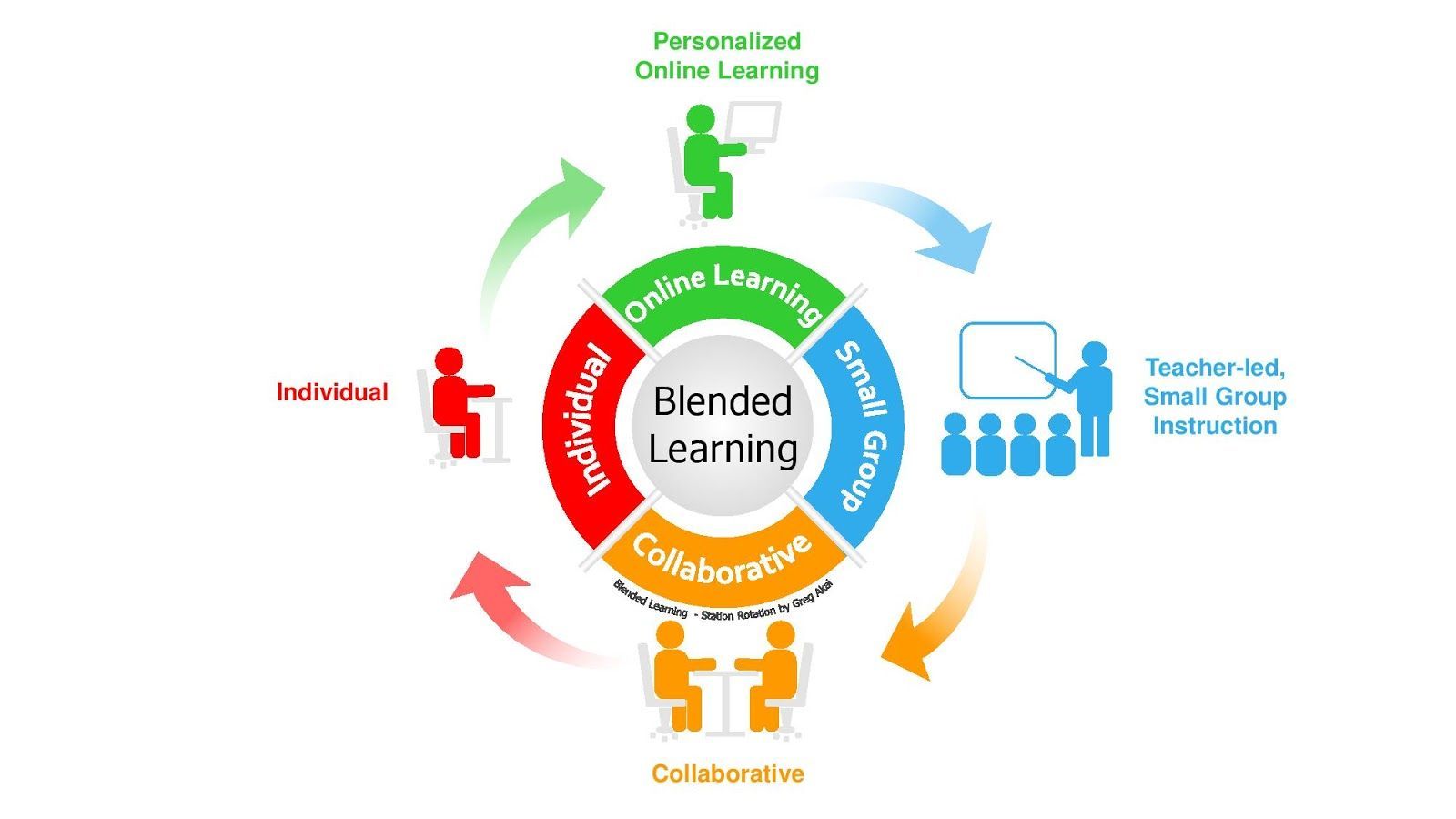
Something that stands out to me as a perfect example of this is Music Mode on Microsoft Teams, a new accessibility feature that will really come in handy for online learning and virtual meetings. Some of the major features of this tool are echo cancellation, noise cancellation, and adjustments to microphone sensitivity. This is perfect for when multiple people are trying to speak at once, or if someone forgets to mute their microphone and when you speak, your echo makes it hard to concentrate on what you’re trying to say. With the way Music Mode allows people to not only share music but also enhance the quality of their speech audio, people who need hearing accessibility tools will have a better time learning in a virtual setting.
🎈 Coming soon to #MicrosoftTeams: the brand-new High-fidelity Music Mode feature, based on the Satin audio codec.
Background article:https://t.co/scsNAmb6VK
by #MVP Tony Redmond @12Knocksinna #Microsoft365 Roadmap:https://t.co/RL9grtLlCL#MicrosoftEDU #MIEExpert #MusicEd pic.twitter.com/WUCOlgHa0Z— MSEdu Central (@MSEduCentral) September 26, 2021
This is where blended learning comes into play. Whether it be in a virtual classroom, a collaborative one-on-one, or an in-person setting that combines both live instructions with digital tools such as Microsoft Teams, when the tools in blended learning are enhanced, so too is the learning experience. It makes for a more welcoming learning environment that can be shared in classrooms around the world, something that has been pushed during the pandemic when everyone was forced to become acquainted with online tools to continue learning.
Another example of a blended learning tool that complements Microsoft’s Music Mode is incorporating sign language videos into lessons for the hearing impaired. This was particularly useful when students with hearing difficulties had to be separated from their sign language teachers in school during the 2020 lockdowns. This was a major factor in the assistance the National Association of the Deaf provided for hearing-impaired learners.
This is only a drop in the bucket for students who require learning tools when studying remotely, such as people with dyslexia and ADD. This is why blended learning requires collaboration, particularly between educators and the ever-advancing learning tools. With these advancing tools that anyone can use, the global collaboration between students and educators alike becomes a reality, since it creates an environment that anyone can access.
Recent Comments